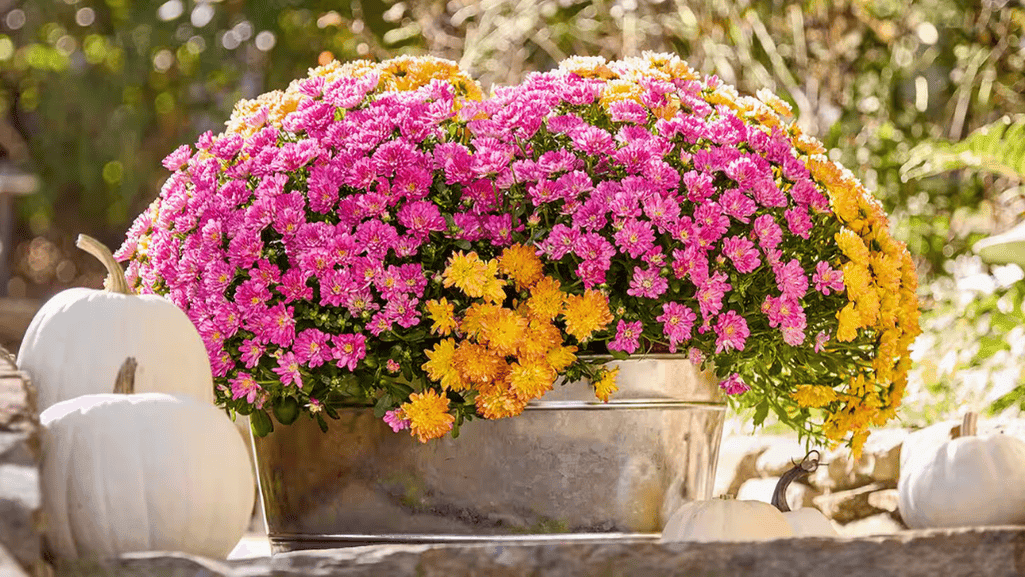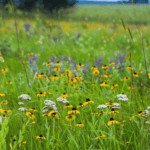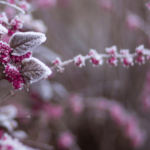
Beautiful flowers gardenia Plants For Your homes

Chrysanthemums Flower, often simply called “mums,” are the quintessential autumn flower that brings vibrant color to gardens when many other blooms have faded. With their rich history spanning thousands of years and incredible diversity in shapes, sizes, and colors, these versatile flowers have become beloved worldwide for both ornamental and practical purposes. Whether you’re a seasoned gardener or a curious beginner, this comprehensive guide will walk you through everything you need to know about these remarkable blooms.
Join our gardening community and receive seasonal advice, exclusive variety spotlights, and troubleshooting help for your chrysanthemums.
Chrysanthemums originated in China over 3,000 years ago, where they were first cultivated as a flowering herb. The name “chrysanthemum” derives from the Greek words “chrysos” (gold) and “anthemon” (flower), referring to the original golden color of these blooms. Over centuries, they spread to Japan, where they became so revered that they were adopted as the emperor’s official seal and inspired a national “Festival of Happiness.”
In Asian cultures, particularly China and Japan, chrysanthemums symbolize longevity, rejuvenation, and nobility. In China, they’re associated with autumn and represent resilience as they bloom amid cooling temperatures. The Japanese consider the chrysanthemum a symbol of the sun, and their orderly unfolding petals represent perfection.
When chrysanthemums reached Europe in the 17th century, they took on different meanings. In many European countries, they’re associated with death and are used primarily for funerals and grave decorations. In America, they generally symbolize cheerfulness, optimism, and friendship, particularly the red varieties which represent love and deep passion.
With thousands of varieties developed over centuries, chrysanthemums come in an astonishing array of shapes, sizes, and colors. Here are seven of the most popular types you’ll find in gardens and floral arrangements:
These classic mums feature petals that curve inward, creating a full, ball-like appearance. The large blooms can reach up to 8 inches in diameter and come in various colors including white, yellow, purple, and bronze. Popular varieties include ‘Emperor of China’ and ‘George Couchman’.
Spider mums feature long, tubular petals that droop and twist, resembling spider legs. These dramatic blooms create a striking display in gardens and floral arrangements. ‘Lava’ with its yellow petals and red tips is a popular spider variety that adds exotic flair to any garden.
These charming, globe-shaped blooms feature short, tightly packed petals forming perfect little balls. Typically smaller than other varieties (1-4 inches in diameter), pompoms make excellent border plants and container specimens. ‘Button Bronze’ and ‘Yoko Ono’ are beloved pompom varieties.
These daisy-like chrysanthemums feature a prominent center disk surrounded by one or two layers of flat petals. They attract pollinators and blend beautifully with other fall perennials. ‘Cambodian Queen’ with its deep pink petals is a popular single variety known for its hardiness.
These whimsical blooms feature tubular petals that flatten at the ends, creating a spoon-like appearance. The unique petal structure adds visual interest to gardens and floral arrangements. ‘Kimie’ with its yellow petals and green center is a popular spoon variety that creates conversation in any garden.
| Variety | Bloom Size | Bloom Time | Height | Hardiness Zones |
| Incurve | 4-8 inches | Mid-Fall | 24-36 inches | 5-9 |
| Spider | 4-6 inches | Late Fall | 30-48 inches | 5-9 |
| Pompom | 1-4 inches | Early-Mid Fall | 18-30 inches | 4-9 |
| Decorative | 4-6 inches | Mid Fall | 24-36 inches | 5-9 |
| Single/Semi-Double | 2-3 inches | Early Fall | 18-24 inches | 4-9 |
| Anemone | 3-5 inches | Mid Fall | 24-30 inches | 5-9 |
| Spoon | 3-5 inches | Late Fall | 24-36 inches | 5-9 |
Chrysanthemums are relatively easy to grow when provided with the right conditions. Follow this comprehensive care guide to enjoy these beautiful flowers year after year.
Chrysanthemums have shallow root systems and require consistent moisture, especially during the growing season and bloom time.
Get our month-by-month guide to chrysanthemum care with seasonal tasks, fertilizing schedules, and bloom-boosting tips.
Chrysanthemums carry different meanings across cultures, making them fascinating flowers with rich symbolic significance.
| Color | General Meaning | In Asian Cultures | In Western Cultures |
| Red | Love, deep passion | Celebration, good fortune | Romantic love, affection |
| White | Truth, loyalty | Purity, mourning (in some regions) | Sympathy, remembrance |
| Yellow | Joy, optimism | Imperial symbol, nobility | Friendship, well-wishes |
| Purple | Nobility, dignity | Respect, admiration | Get well wishes, recovery |
| Pink | Grace, gentleness | Longevity, happiness | Gratitude, appreciation |
The chrysanthemum (kiku) is Japan’s national flower and imperial emblem. The Japanese celebrate the “Festival of Happiness” annually to honor this revered bloom. In Japanese culture, the orderly unfolding of chrysanthemum petals represents perfection and the flower symbolizes longevity.
As one of the “Four Gentlemen” in Chinese art (along with plum blossom, orchid, and bamboo), the chrysanthemum represents autumn and the ninth lunar month. It’s associated with longevity and is traditionally used in teas and medicines to promote health and vitality.
In America, chrysanthemums are the official birth flower for November and symbolize cheerfulness and friendship. They’re popular in fall decorations and gardens, representing optimism as summer transitions to winter. White chrysanthemums are often used in sympathy arrangements.
Beyond their ornamental value, chrysanthemums have numerous practical applications that have been utilized for centuries.
Chrysanthemums can be both annual and perennial depending on the variety and your climate. Garden mums (Chrysanthemum x morifolium) are technically perennials in USDA zones 5-9, but they’re often treated as annuals in colder regions. For best perennial performance, plant in spring to allow root establishment before winter. Florist mums (often sold in pots in fall) are less hardy and typically treated as annuals.
Several factors can prevent blooming:
Yes, chrysanthemums contain pyrethrins and other compounds that can be toxic to dogs, cats, and horses if ingested. Symptoms may include vomiting, diarrhea, drooling, and skin irritation. Keep pets away from these plants, especially if they tend to chew on foliage. If you suspect your pet has ingested chrysanthemums, contact your veterinarian immediately.
Divide chrysanthemums every 2-3 years in early spring when new growth begins:
Yes, you can collect and save chrysanthemum seeds, though many garden varieties are hybrids that won’t grow true from seed. To collect seeds:
With their rich history, diverse varieties, and relatively easy care requirements, chrysanthemums deserve their place as one of the world’s most beloved flowers. Whether you’re growing them for their spectacular fall blooms, their symbolic meaning, or their practical uses, these versatile plants offer something for every gardener.
By understanding the specific needs of chrysanthemums and following the care guidelines outlined in this guide, you can enjoy these magnificent flowers year after year. From the classic incurve varieties to the exotic spider forms, there’s a chrysanthemum to suit every garden style and preference.
As you plan your garden for the coming seasons, consider incorporating these “queens of fall” for a spectacular display when many other flowers have faded. Their resilience, beauty, and cultural significance make chrysanthemums truly special additions to any garden space.
Subscribe to our newsletter for seasonal care reminders, new variety spotlights, and exclusive growing tips from expert gardeners.




